What & Where is Broadway?
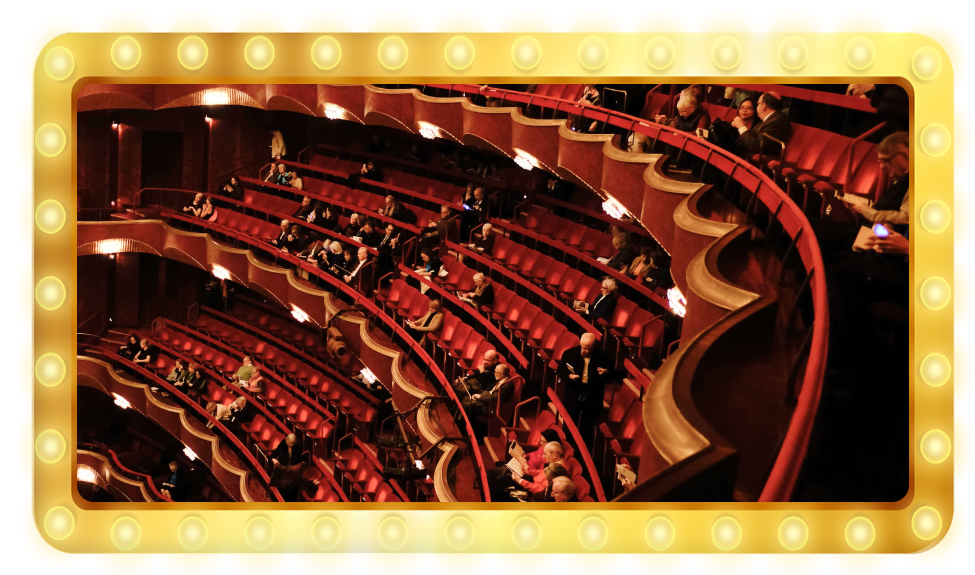
You will often see the terms Broadway and “Broadway show” used interchangeably with theater. However, the geographical location of Broadway is New York City’s Theater Subdistrict. In Midtown Manhattan, the Subdistrict runs north to south from West 40th to West 54th Street and east to west between Sixth Avenue and Eighth Avenue.
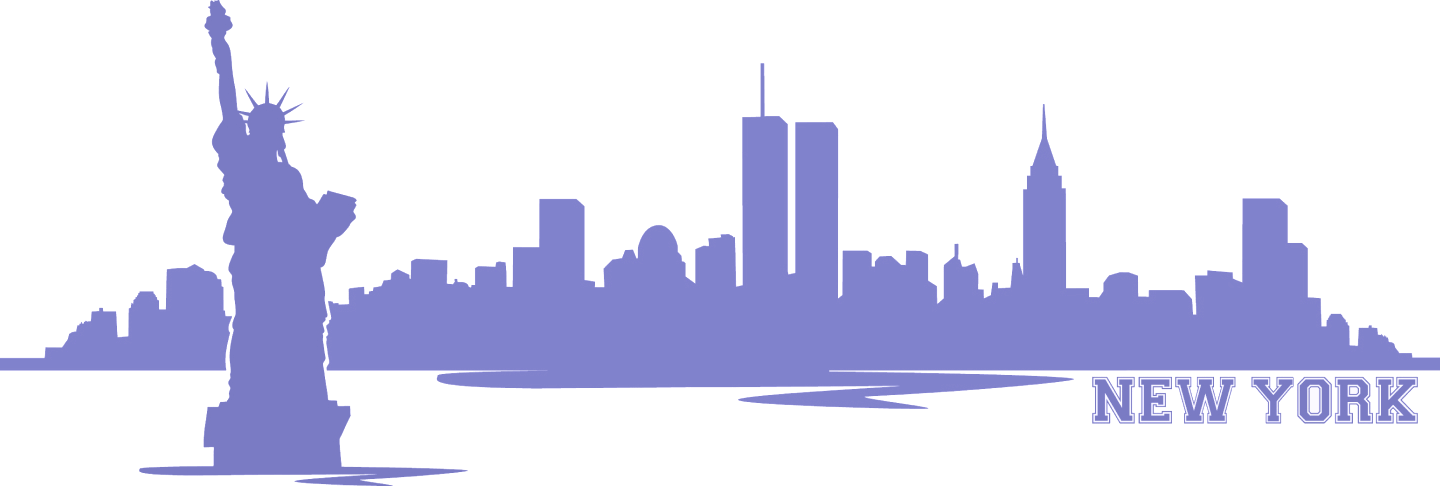
Although people refer to the entire Subdistrict as Broadway, only three theaters are on Broadway itself.

what is aBROAdway
theater?
A Broadway theater is a venue with a capacity of over 500 theater seats. Theaters below this capacity are known as “off-Broadway.” As such, it is possible to attend an “off-Broadway” show on Broadway! However, the majority of “off-Broadway” theaters are in the nearby Theater Row district on 42nd Street between Ninth Avenue and Eleventh Avenue.
Capacity of Broadway Theater 500+
In total, there are 41 Broadway theaters in the Theater Subdistrict.
how popular is broadway?
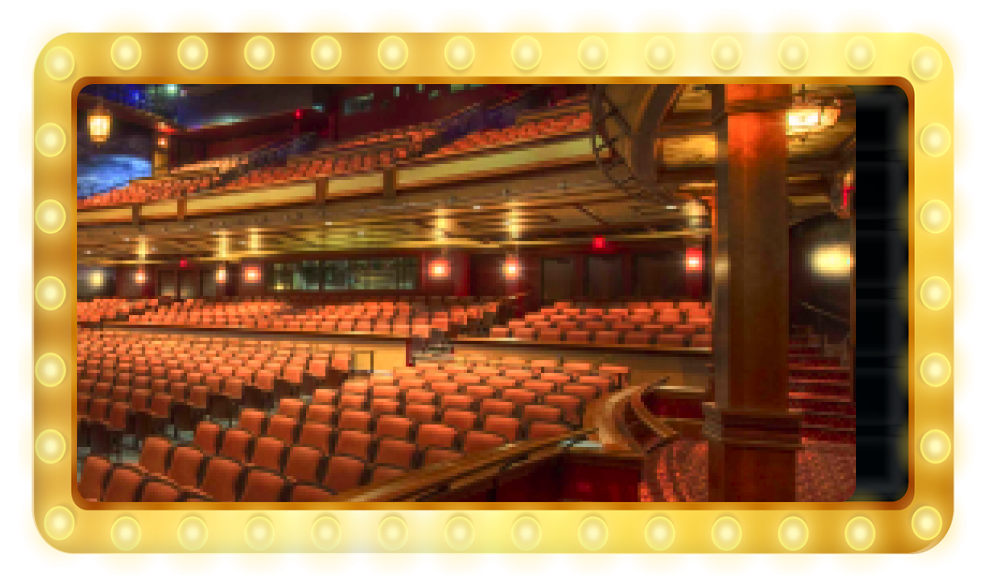
The Theater Subdistrict is a popular tourist attraction, both for its theaters but also because it includes Times Square and a wealth of world-famous sights, shops, and restaurants.
Broadway theaters themselves are also immensely popular, both culturally with residents of New York City and the surrounding area and with national and international tourists.

2018-19 Broadway Theater season
14,768,254
total attendance
$ 1,829,312,140
combined box office gross
According to the Broadway League, the 2018 – 19 Broadway Theater season saw a total attendance of 14,768,254 and a combined box office gross of $1,829,312,140. Even before the COVID-19 pandemic, the 2019 – 20 season was on course to see a slight reduction in both attendance and numbers. Broadway theater seasons run from June to the following May. The peak week for both audience numbers and box office and takings is traditionally the week between Christmas and New Year.
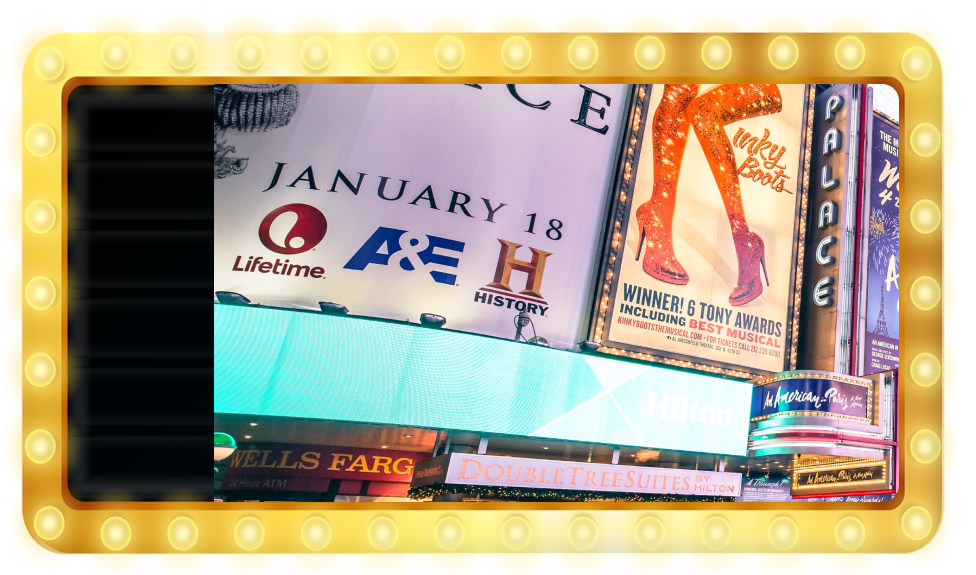
Establishment
of Theater in New York
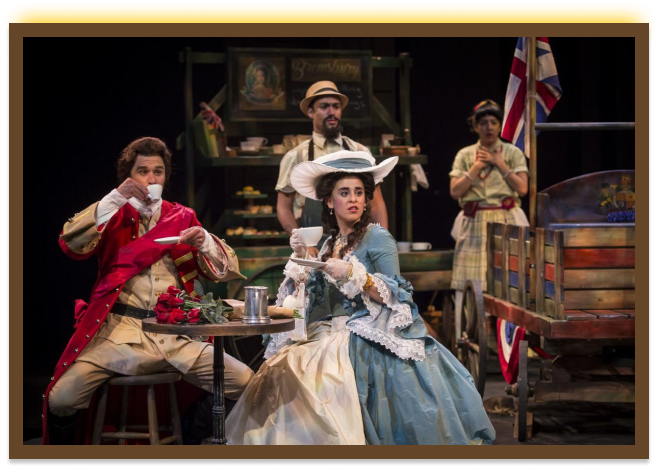
The first purpose-built theater
The first purpose-built theater in New York was the Theatre on Nassau Street, situated at what is today 64 – 66 Nassau Street. Nassau Street is the adjacent street to Broadway. It remains part of the wider Theater Subdistrict, albeit no Broadway theaters are present there today.
The Theatre on Nassau Street opened on 11 December 1732 with a performance of Irish playwright George Farquhar’s play The Recruiting Officer.
Significant growth in broadway Began 18 years later
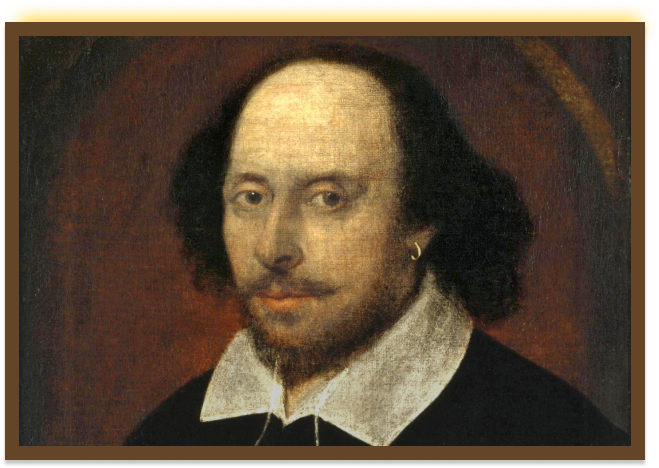
However, the Broadway theater scene would not begin to see significant growth until 18 years later when a resident theater company set up at the Nassau Street venue. The most popular shows from 1750 onwards included a variety of William Shakespeare’s plays. Ballad operas, a precursor to the development and explosion in popularity of musicals, were also popular.
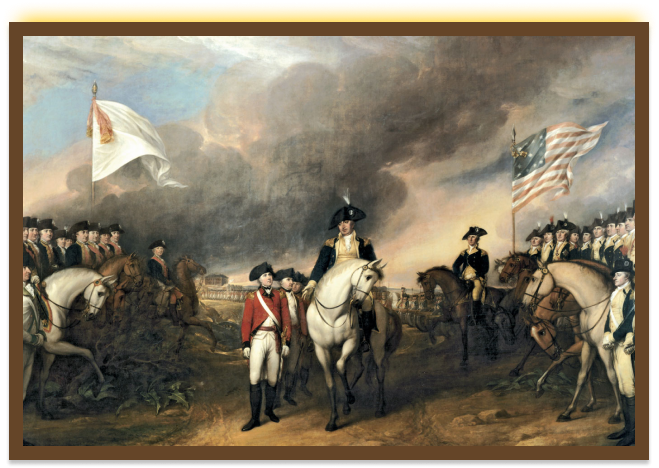
Revolutionary War
The 1775 – 1783 Revolutionary War saw the temporary suspension of theater in New York.
2,000 capacity Park Theater represented a turning point
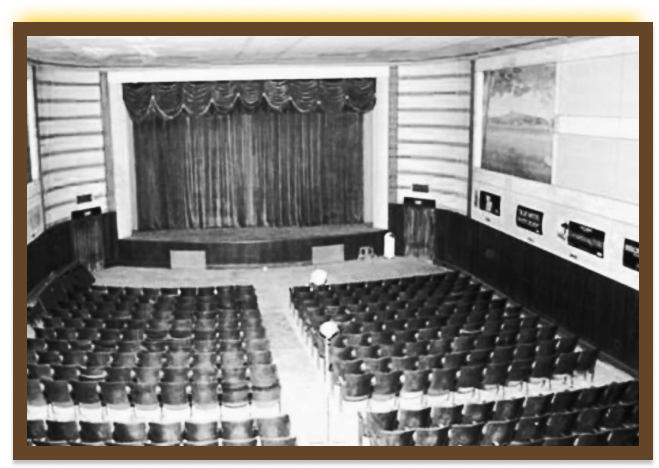
However, the 1798 building of the famous 2,000 theater chair capacity Park Theater represented a turning point and the start of a further acceleration in the popularity of stage and theater.
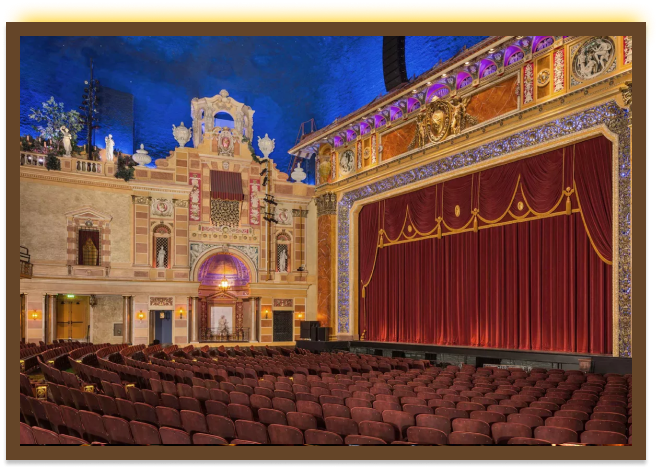
The Bowery Theater - the biggest theater venue in North America
The Bowery Theater – with 3,500 seats, then the biggest theater venue in North America – would open in 1826. Several other large venues would follow. By the 1840s, the theater scene was thriving, and competition between venues was such that it was not uncommon for theaters to go bankrupt.
“Culture War” - Astor Place Riot Began
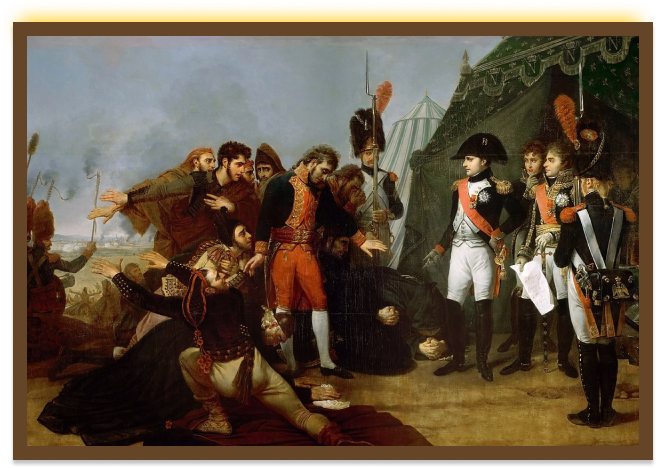
Civic unrest was a feature of life in New York City in the late 1840s, and the theater scene was not exempt from its impact. The simmering of what we would today call a “Culture War” eventually led to the 1949 Astor Place Riot. The riot’s foundation was the friendship turned fierce rivalry between the American actor Edwin Forrest and British counterpart William Charles Macready. Both were famous for playing Shakespearean characters. Tensions arose because Americans were adamant that they could perform Shakespearean roles better than the British.
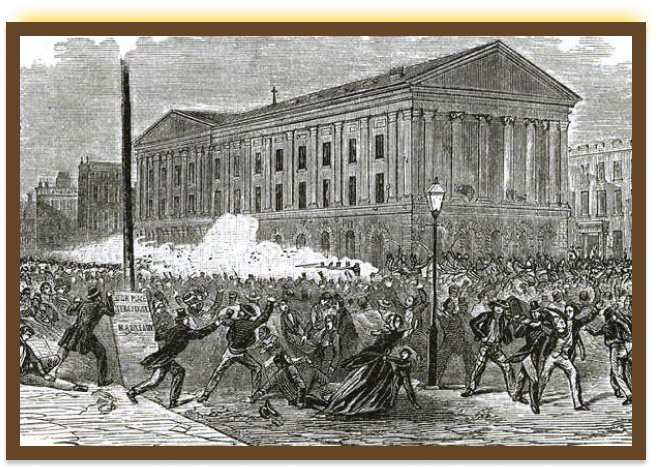
tensions eventually leading to the riot itself
Supporters of each actor would attend the other’s performances to heckle and throw items at them, with tensions eventually leading to the riot itself on 10 May 1849. Over 200 people, including civilians, police, and military, either died or were seriously injured during the trouble.
While tensions remained following the Astor Place Riot, Shakespearean plays would remain among the most popular shows, even as musicals began to establish themselves as “must-see” performances.
The Introduction of Musical Theater
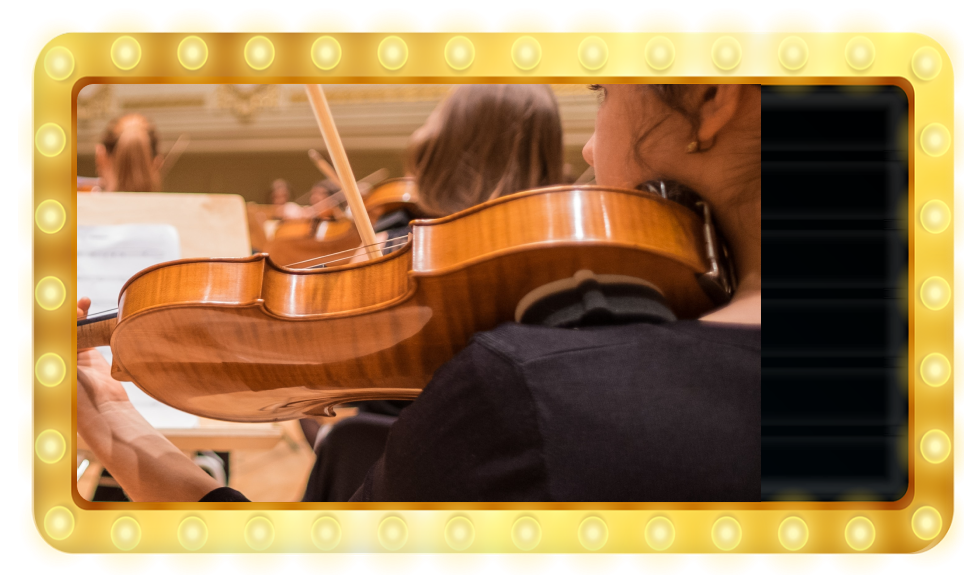
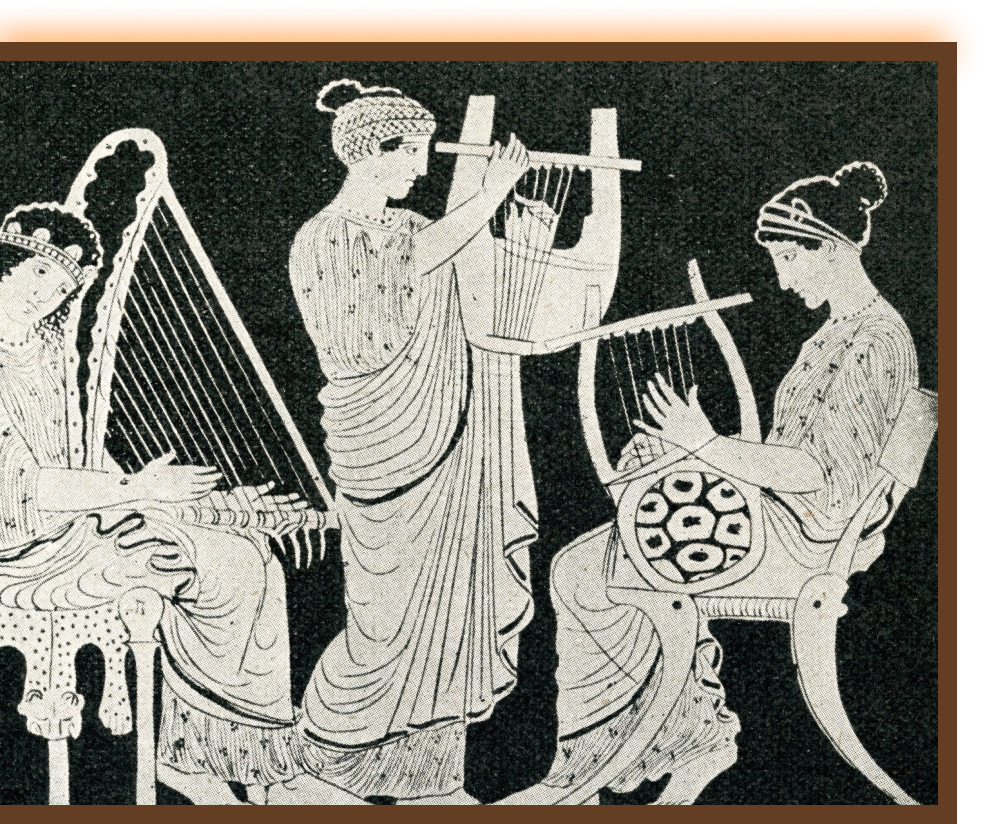
2,700 years ago
Although we know the Ancient Greek civilization of around 2,700 years ago included musical elements in theatrical comedies and tragedies, there is little record or knowledge of the music itself. While the origins of modern musical theater exist in Europe, this was very much a development of prominent playwrights and theater directors of the mid-19th century.
The growth of musical theater on Broadway coincided with the relocation of the theater scene in New York, which saw the most famous theaters in midtown rather than downtown.
The desire to take advantage of more affordable real estate was theaters’ primary motivation. However, this eventually gave extra scope and cash for longer-running shows and a different performance type.
The growth of musical theater on Broadway coincided with the relocation of the theater scene in New York, which saw the most famous theaters in midtown rather than downtown.
The show that we can call the first Broadway musical is a point of dispute.
The Elves 50-performance run in 1857
Probably the first “long-run” musical show in what today is Broadway.
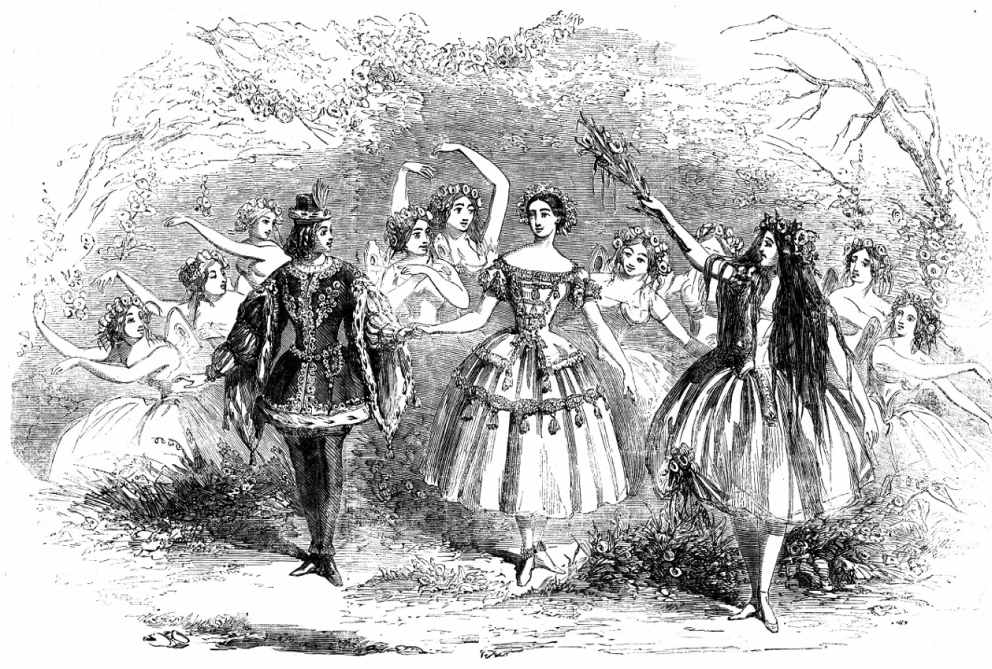
Other shows with a claim to being Broadway’s first musical include:
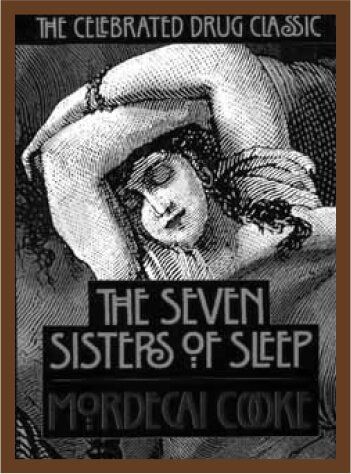
The Seven Sisters
A “musical burletta,” had a then-record 253 show run in 1860.
The Black Crook
Considered the earliest theater show that resembles a modern musical and broke The Seven Sisters’ record with a 474-show run across 1866 – 67.
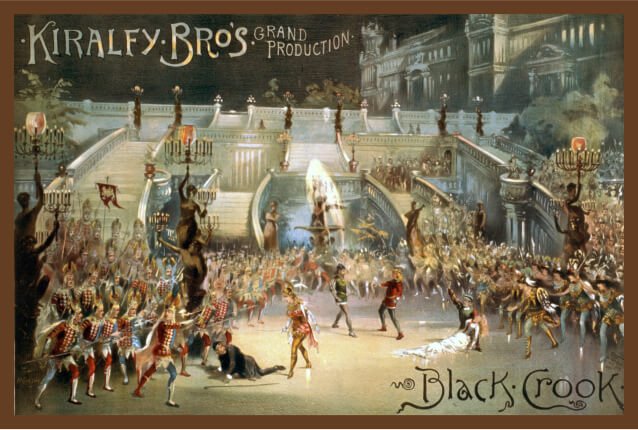
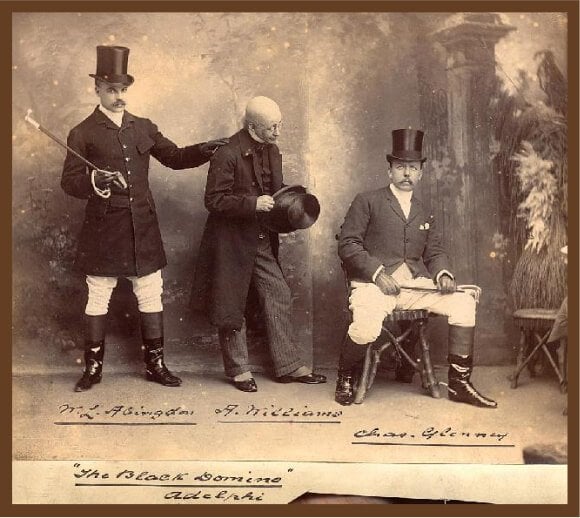
The Black Domino/Between You, Me, and The Post
Premiered in 1866. It was the first show to bill itself a “musical comedy.”
In the late 19th century, the reduction of poverty in New York City led to an increase in people the means to attend Broadway shows. Simultaneously, the introduction of plays written and performed for family audiences, such as Gilbert and Sullivan’s comic opera H.M.S Pinafore, led to the further diversification of audiences.
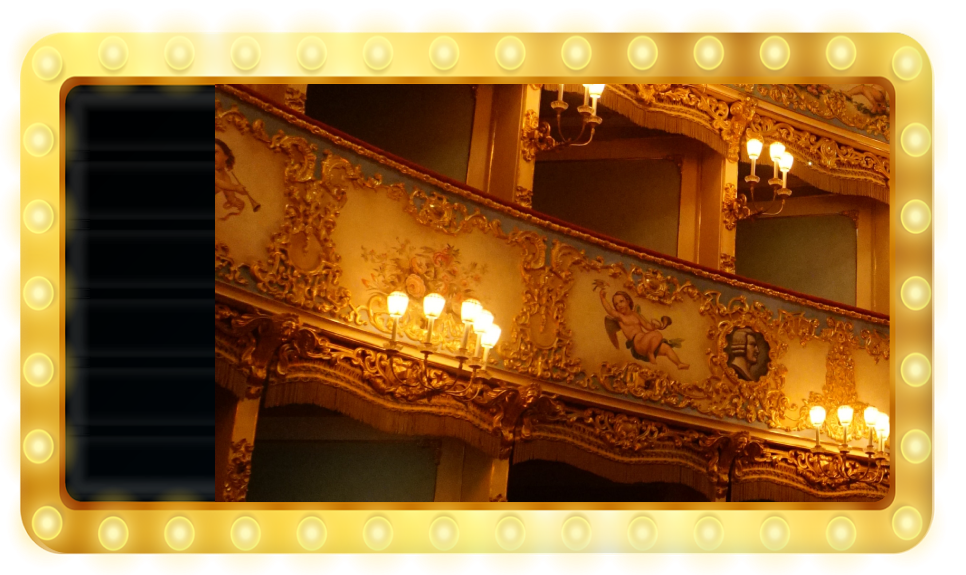
Broadway in the Early 20th
Century
Inspired by Gilbert and Sullivan’s success, theater producers from London’s Broadway equivalent, the West End, would continue to bring productions to New York. However, only a handful achieved enormous success.
Among these was Florodora, which was one of the most famous plays of the early 20th century.
As well as the English language plays coming from London, translations of popular shows from Europe and South America would begin to appear on Broadway around the turn of the century.
The 1906 release of The Red Mill at the Knickerbocker Theatre saw the first use of electronic signage outside theaters.
Every other theater in the district soon followed, with Broadway quickly becoming known as “The Great White Way.”
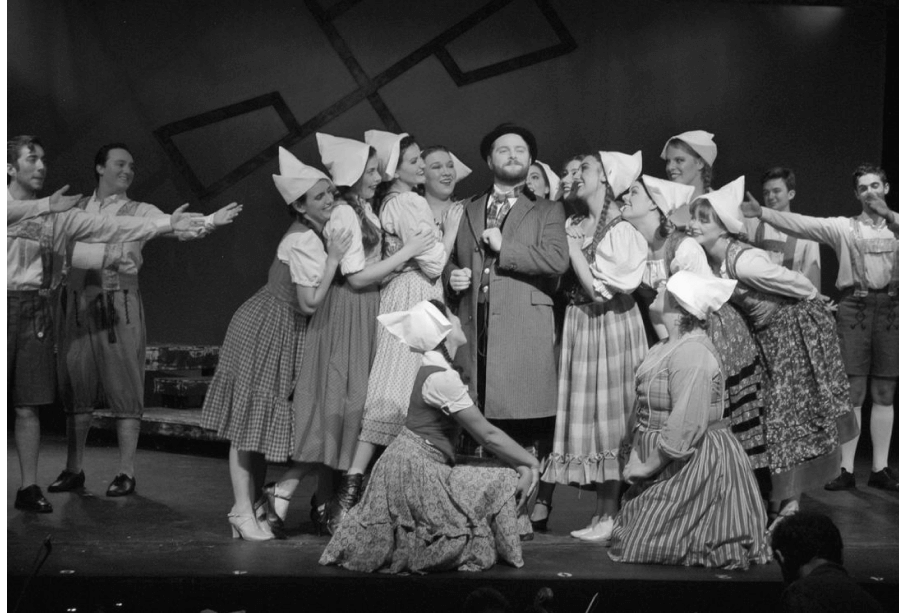
It was still common for Broadway shows to have shorter runs than shows typically did in the London West End. Florodora was again notable in this respect, having a longer first run on Broadway than it did in the West End. This would remain a common trend until the end of the First World War. Lightnin’ was the first Broadway show to reach the landmarks of 700 and 1,000 shows within a single run, eventually closing on 1,291 performances after its 1918 premiere.
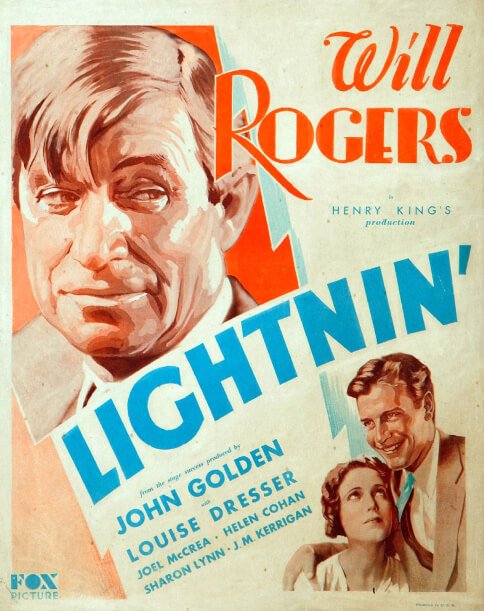
Lightnin’ premiere: 1918
first Broadway show to reach the landmarks of 700 & 1,000 shows
within a single run and eventually closing on 1,291 performances
With shows proving this popular and thus proving the sustainability of longer running productions, such numbers would soon become commonplace on Broadway. Lightnin’ was quickly surpassed by Abie’s Irish Rose, which ran for 2,327 performances between May 1922 and October 1927. Abie’s Irish Rose was also notable in that theater critics poorly reviewed it at the time. However, its financial performance helped theaters understand an underwhelming critical reception didn’t necessarily mean a play would make a loss or be unpopular.
1,291 performances
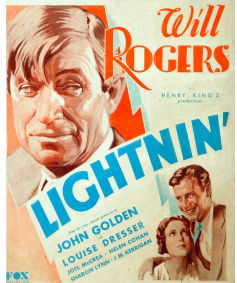
1918
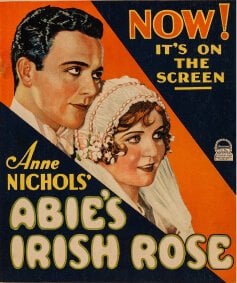
2,327 performances
1922 MAY
1927 OCTOBER
While the Late
1920’s Saw the Emergence of
Cinema, Broadway
Adapted
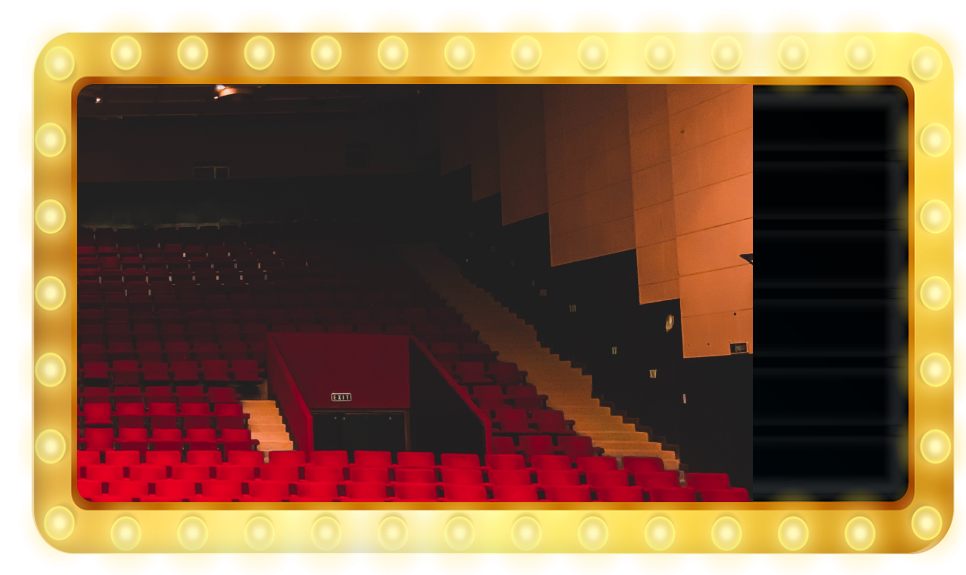
Movies were initially not seen as a threat to the theater. The first movies were silent productions and at the time were in black and white. Live performances, with majestic sound and color, were a far more attractive proposition for those seeking entertainment.
Once film producers became capable of synchronizing sound to pictures, fears grew that Broadway and theater, in general, would not survive. As films were cheaper to produce, trips to the cinema would typically cost less, too.
There was also still a tendency for Broadway shows to be very long, meaning movies weren’t just cheaper but involved less of a time commitment, too. Other aspects that appealed to filmgoers included the use of drama and specific plotlines.
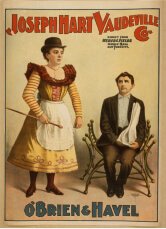
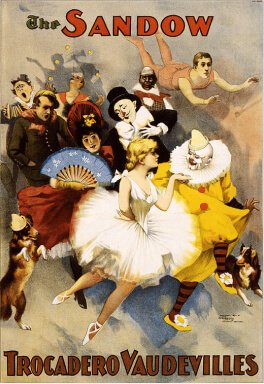
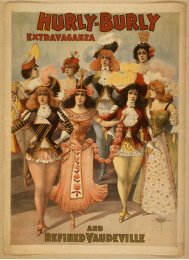
However, vaudeville-style shows were the only productions that began to struggle and would eventually wholly disappear from Broadway.
An audience remained for Broadway shows thanks to their spectacular songs, dance routines, and all-round performances. Many people simply weren’t concerned about the lack of a plotline in a play or musical; they just wanted to go out and have fun. Despite the emergence of film, actors who were loyal or exclusive to Broadway remained the most significant draws with audiences.
the first musical to pull together a story and its score
Broadway would also respond to the emergence of cinema with its first dramatic productions. Show Boat, which premiered in December 1927 and ran for 572 performances, was the first musical to pull together a story and its score. Instead of merely being a collection of songs, sometimes sang at seemingly random times, Show Boat used its songs to tell stories and deliver a more meaningful all-round message from its production.
PREMIER December, 1927
PREMIER 527
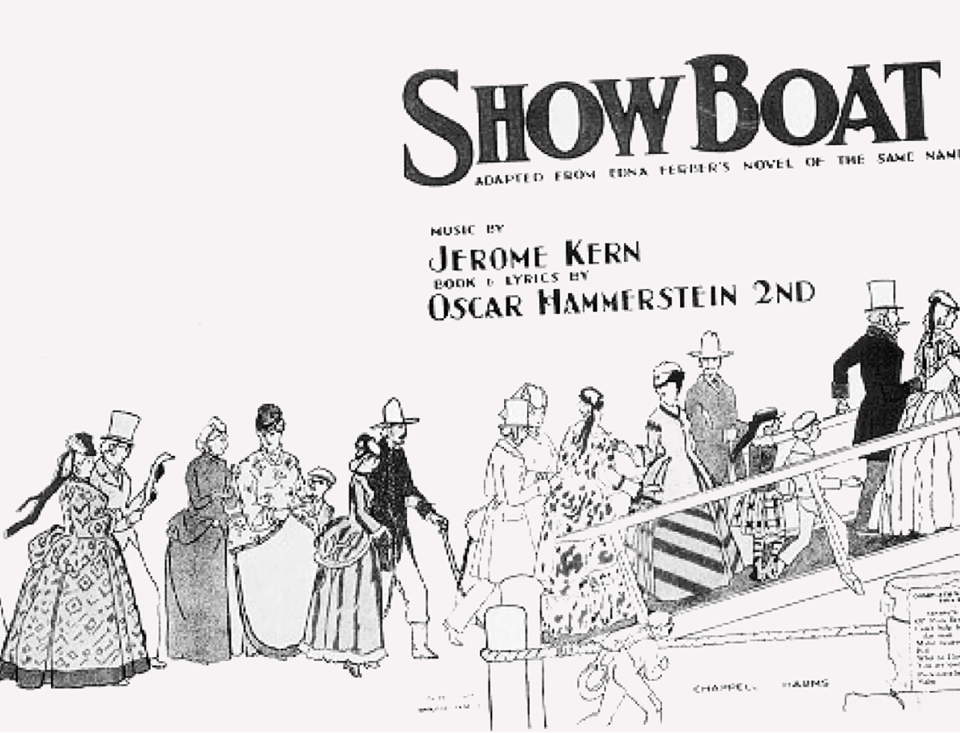
Serious dramas would quickly become a popular genre of play. Revivals of previously popular Shakespearean plays and George Bernard Shaw’s plays’ popularity would eventually make clear both film and theater could be sustainable.
By the late 1920’s, there were between 70 and 80 Broadway theaters drawing in audiences with a variety of shows.
While the Great Depression would have an enormous effect on the theater scene and see the closure of several theaters, the industry was once again thriving before the end of the Second World War.
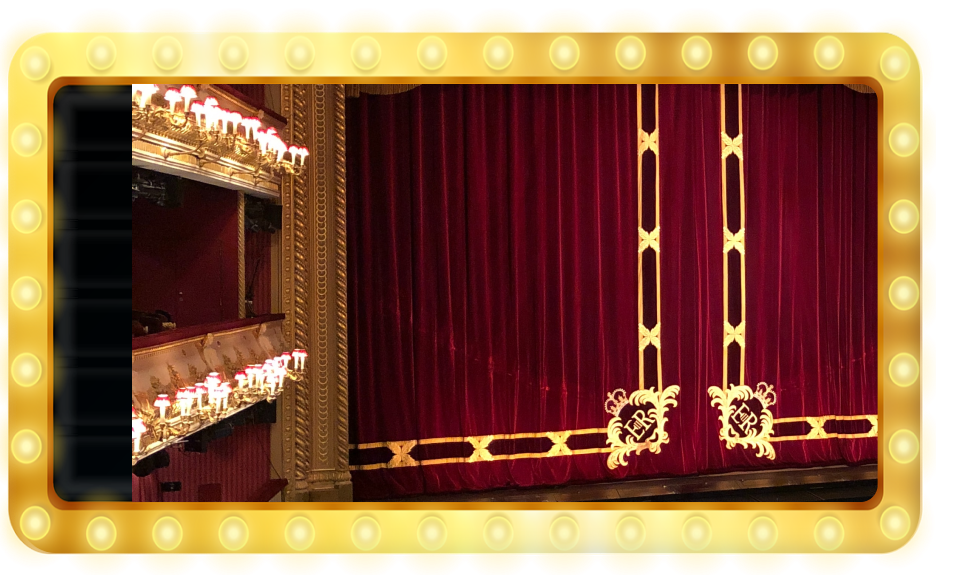
Post Second World War
Saw Both theGolden Age &
Decline of
Broadway
Broadway’s golden ages
Many people consider the time from 1943, when Oklahoma! was released, to the late 1950s to be one of Broadway’s golden ages. Critics and commentators today regard the shows of the 1950s to be the core around which all modern musical theater is or should be built.
This period would see Broadway transcend theater and gain significant mainstream awareness, particularly with its songs.
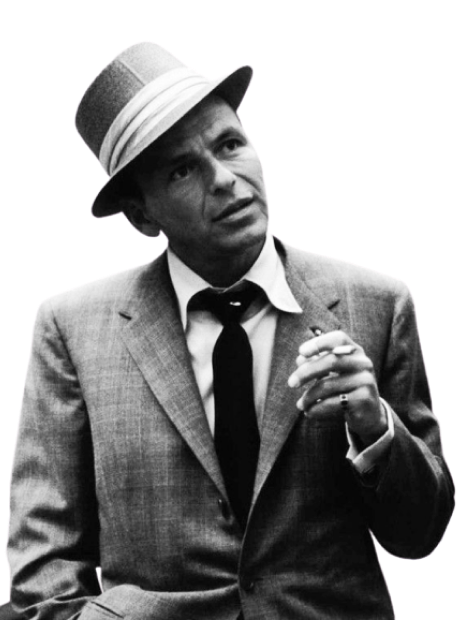
Versions made by Bing & Frank reached to top 20 chart
Both Bing Crosby and Frank Sinatra, two of the most recognizable musicians in history, recorded versions of Oh What a Beautiful Mornin’ from Oklahoma! in 1943. Both versions reached the top 20 of the charts in the United States.
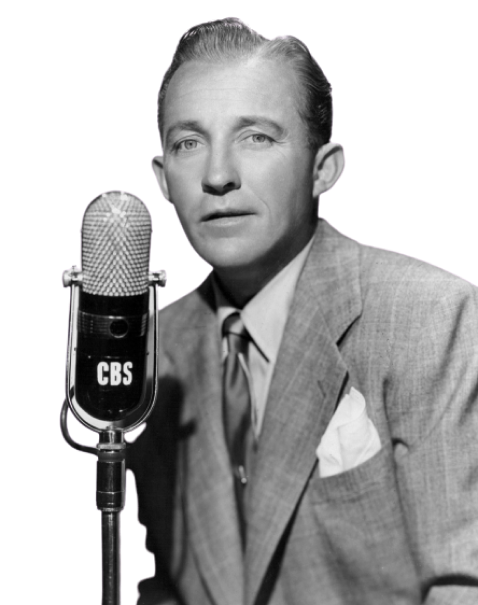
Famous recording artists of the 1940s and 50s would continue to release songs from the musicals. Even as the trend began to wane in the 1960s, great songs would still emerge.
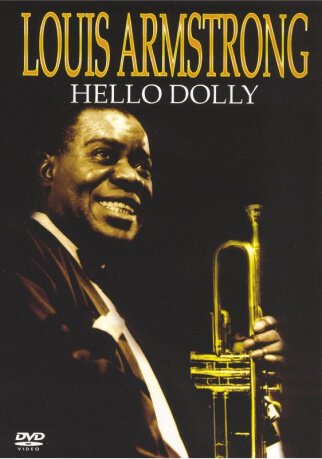
Louis Armstrong’s 1964 recording of Hello Dolly! knocked the Beatles’ Can’t Buy Me love from the top spot
Louis Armstrong’s 1964 recording of Hello Dolly! hit number one in the US Billboard Chart, knocking The Beatles’ Can’t Buy Me Love from the top spot and ending the group’s 14-week run at the top.
During the peak “music from the shows” years, audiences would anticipate the start of the Broadway season as much for the new songs as for the shows themselves. For those who couldn’t afford a trip to the theater, music was an excellent means of connecting to what was a cultural phenomenon.
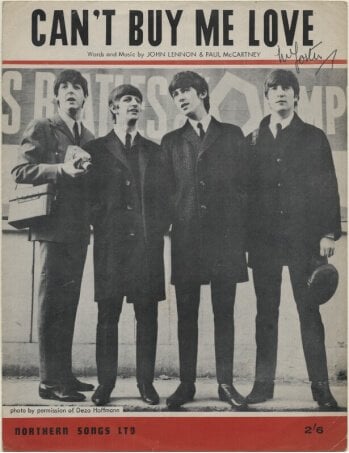
By the late 1950s, Broadway in decline, and the following two decades represent a low point in the history of the area and Broadway theater as a whole.
Several factors, which led to the audience taking less of an interest in the theater in general and not wanting to go to Broadway, were at play, including:
Cultural change
Cultural change because of the US Civil Rights Movement and the Vietnam War, among other events.
Live sport and sporting highlights
The early days of showing live sport and sporting highlights on television.
The popularity and relative affordability
The popularity and relative affordability of owning a color-capable television.
Ney York city regarded as dangerous and not a desirable place to visit
The decline of New York in general and specifically the Times Square area in the 1960s and 1970s. The city generally became regarded as dangerous and not a desirable place to visit, particularly at night.
Another surge in the film industry’s popularity
Another surge in the film industry’s popularity, including the re-release of classic films in what was then Technicolor.
It is easy to track the decline of Broadway against the number of shows that opened. According to the Internet Broadway Database, the 1950 – 51 season saw 94 new productions open, while the 1969 – 70 season saw 59 productions open in total, of which 15 were revivals of previously popular shows.
1950 – 51 season 94 new productions open
1969 – 70 season 59 productions open
In contrast to the 70 or 80 theaters that were in operation in the late 1920s, in 1969, there were only 36.
Mid to Late 70’s
Re-Emergence
to 80’s and 90’s Broadway Revival
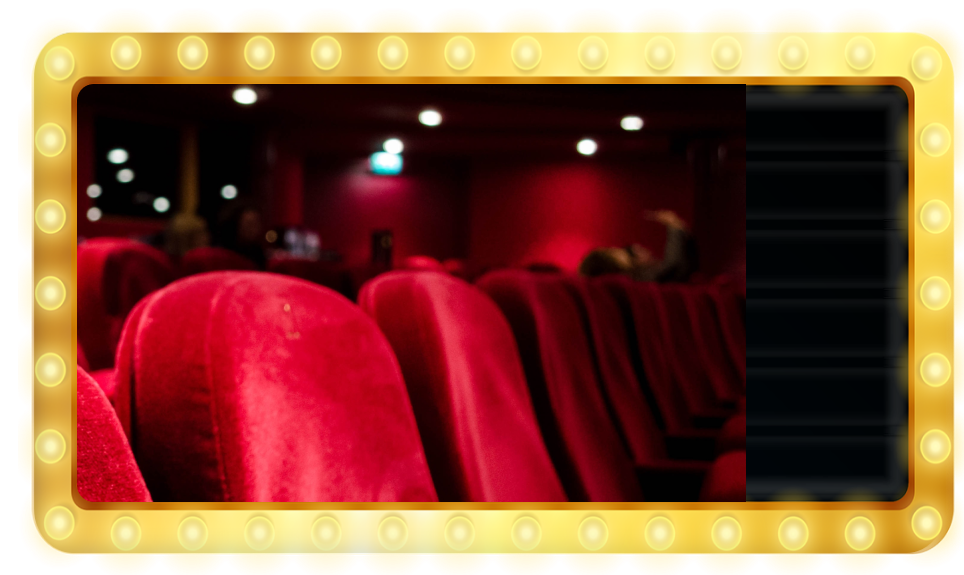
“Save the theater” Campaign
Things got so bad for Broadway that by 1982 there was a “Save the Theaters” campaign. While the campaign centered around saving old theater buildings from sale to property developers rather than “saving the industry,” it was a sad reflection of the level to which Broadway had fallen.
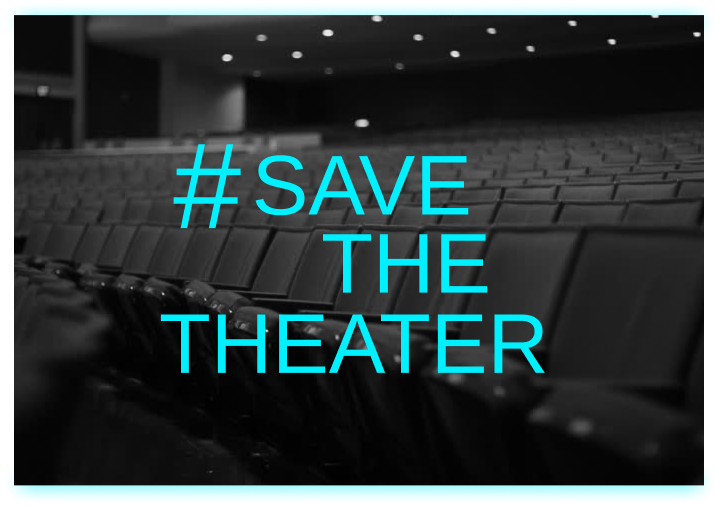
Attempts to protect old theater buildings as national historic sites through legislation failed. However, in 1983, today’s Theater Subdistrict was established, which led to the protection of many buildings. Today, theaters within the Subdistrict can benefit from grants to promote their shows and incentives to undertake renovations. Several theaters also qualify for special provisions within the relevant regulations upholding the Theater Subdistrict.
While Save the Theaters drew attention to Broadway, a revival of sorts was already underway, and hit musicals and shows still cut through to the mainstream.
some of the longest-running Broadway shows in history
1975
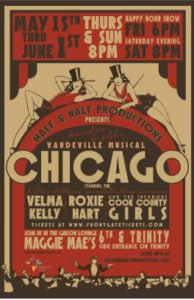 Chicago
Chicago
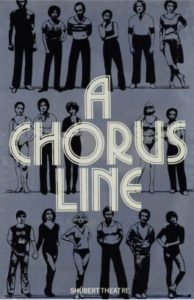 A Chorus Line
A Chorus Line
1976
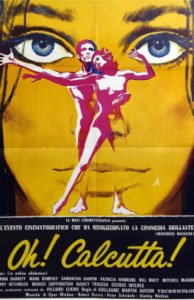 Oh! Calcutta!
Oh! Calcutta!
Grease would premiere in 1972 and be hugely popular both on the stage and later as a hit film starring John Travolta and Olivia Newton-John.
1982 saw the premiere of Cats. By the end of the 1980s, both The Phantom of the Opera and Les Misérables were selling out and achieving critical acclaim.
The 1990s saw the premieres of the revived Chicago and The Lion King, both of which are still running as of 2020 and have also been hugely successful films.
Broadway’s re-emergence into the mainstream bore several similarities to the golden age post-Second World War, with songs and stories transcending stage and becoming ingrained in popular culture.
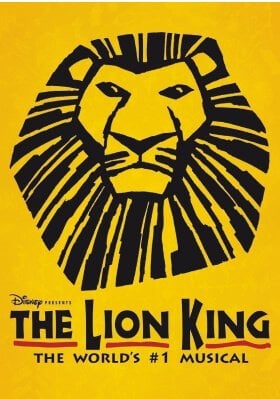
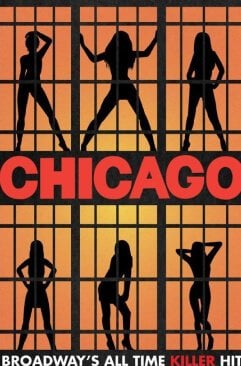
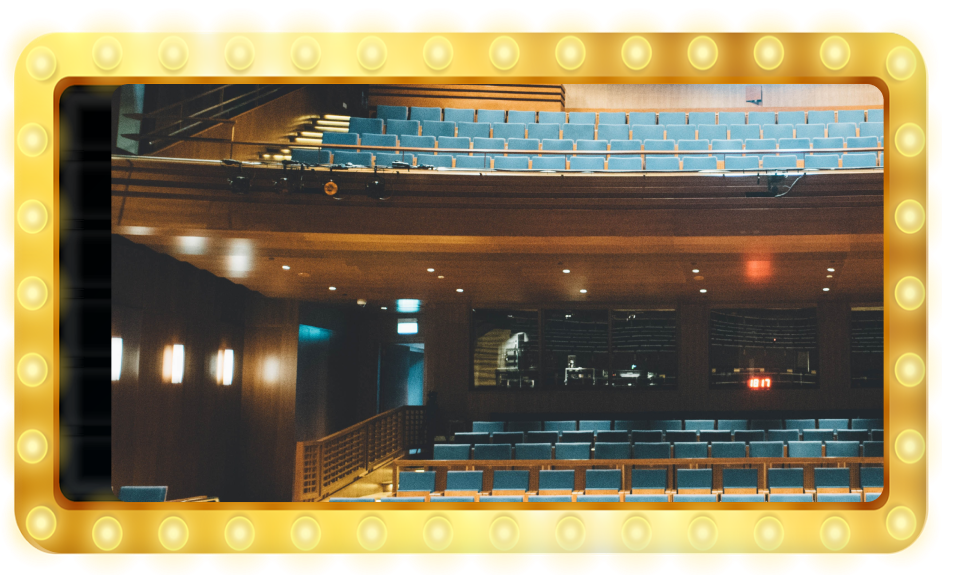
Broadway
TODAY
Such has been the impact and influence of Broadway on global life and culture in the last 170 years that many people continue to associate Broadway with classic plays and musicals.
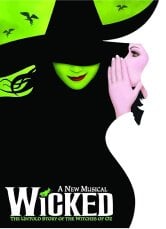
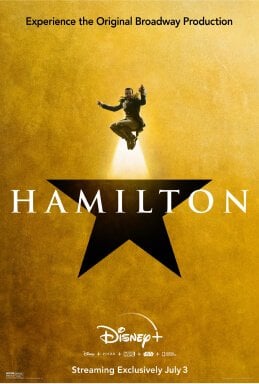
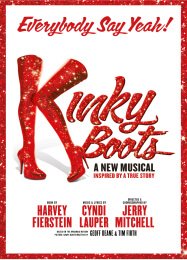
However, the success of modern hits in recent years, including Wicked, Kinky Boots, and most recently Hamilton, proves that new ideas and originality can still cut through.
What’s also notable is that the age of Broadway audiences is reducing. Younger theatergoers are increasingly in the majority when it comes to attendance, which bodes well for Broadway theater’s long-term sustainability.
While appearing on Broadway is an ambition of many screen actors, the stage also acts as a platform for many to move into TV and film.
Idina Menzel achieved popularity and success through broadway and movies
Some people, such as Idina Menzel, achieved popularity and success across both mediums.
- She achieved fame on Broadway thanks to her performances in Rent and Wicked
- Became one of the stars of Glee
- Famously voiced Queen Elsa in Frozen
- With her version of Let It Go, she became the first Tony Award-winning actress to have a song chart in the top 10 of the US Billboard 100
Menzel’s career is a beautiful example of the power of Broadway in transcending the stage.

Most current Broadway shows, or at least those that are open-ended, run an eight-performance week.
evening shows
07:00 pm or 08:00 pm
Tuesday to Saturday
Mid-week SHows
07:00 pm
Most of the attendees are Local
afternoon “matinée” performances
Wednesdays, Saturdays and Sundays
Weekend SHOWS
08:00 pm
Vast number of Tourists
Musicals are the most popular and widely attended Broadway shows and typically have longer runs, too.
Broadway was hit in 2020 by the shutdown caused by the COVID-19 pandemic. It is likely to face a challenging future as social distancing guidelines will likely mean theaters need to operate at reduced capacity.
Broadway’s Impact on Film
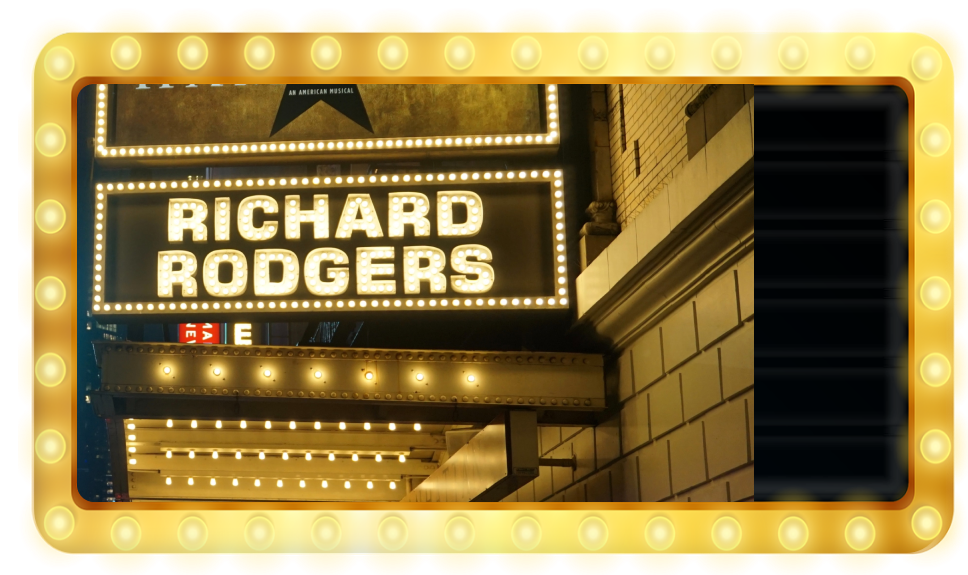
While the early emergence of cinema in the 1920s was seen as a threat to the theater, it quickly became apparent that both mediums could succeed. Later in the 20th century, it became evident that theater and cinema didn’t need to fight each other for attention and to co-exist. Indeed, they could actively benefit from working together.
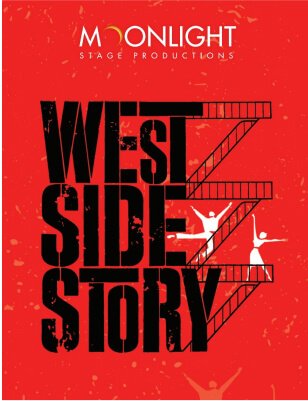
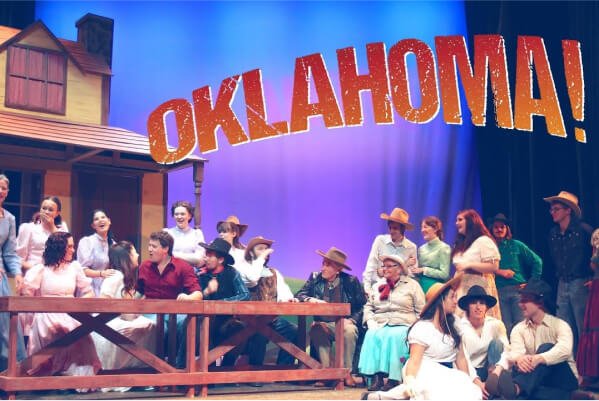
successful plays and musicals being adapted into hit movies

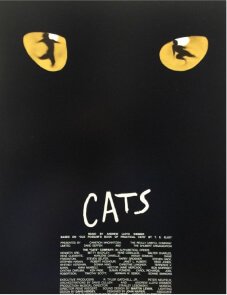
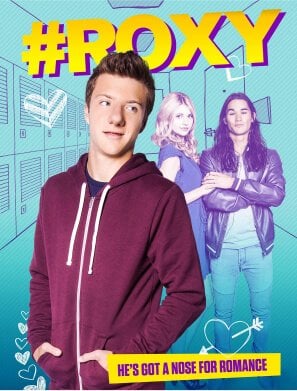
Cinema has even seen famous plays revitalized in different forms. Romeo and Juliet, for example, is a play with many film adaptations, which inspired the production of a musical version.
Les Misérables, the musical, was itself an adaptation of the 1862 novel
We can look back as far as the 19th century for the best example of cross-platform appeal. Les Misérables, the musical, was itself an adaptation of the 1862 novel, and later became a movie.
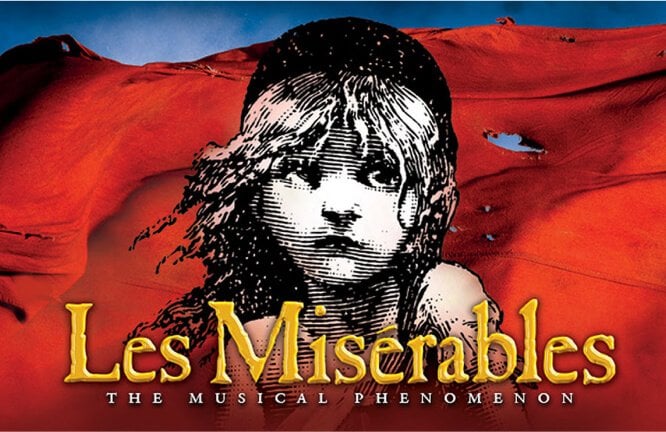
While movie adaptations become successful, such productions play a crucial role in introducing new audiences to Broadway theater. Publicity when big-screen actors take to the stage also remains vital in attracting people to go an experience a stage production for the first time.
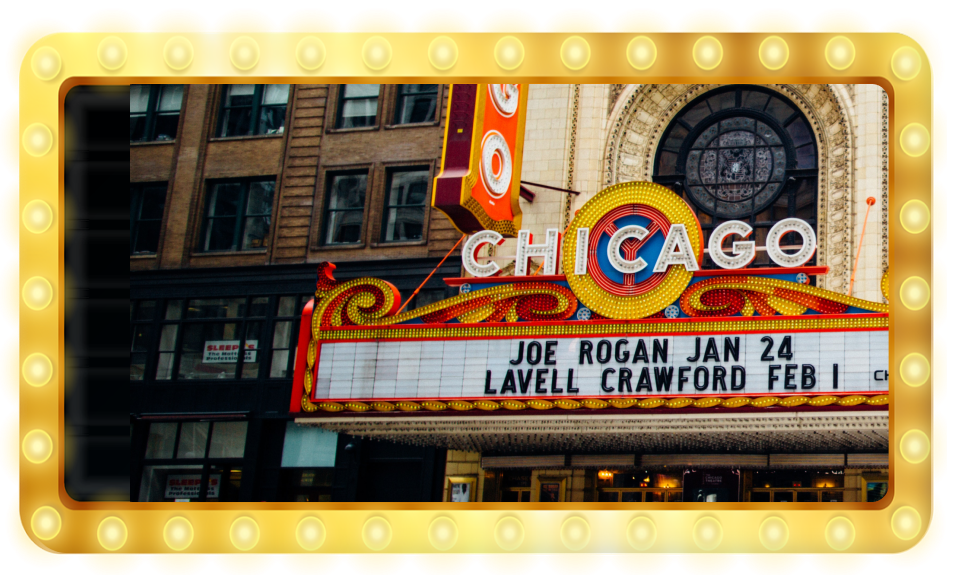
Top 10
Longest-Running Broadway Shows
Modern Broadway tends to work on a supply and demand basis. If a show stays popular, attracts near-capacity audiences, and is profitable, it can potentially run indefinitely.
However, several factors, including the availability of actors or the desire for the original cast to tour the show overseas, may influence whether a show ends its run. Several Broadway theater productions, including Cats, have had their runs extended following a cancellation announcement that led to a subsequent surge in ticket sales.
The Phantom of the Opera
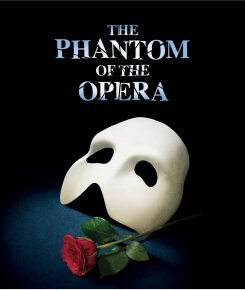
Opening Date26 January, 1988
Closing DateStill Running
Performances13,370
Awards7 Tony Awards (1988)
7 Drama Desk Awards (1988)
1
Chicago (1996 revival)
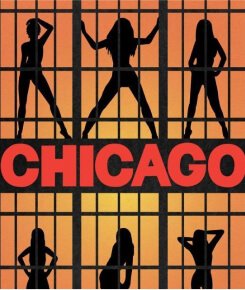
Opening Date14 November 1996
Closing DateStill Running
Performances9,692
Awards6 Tony Awards (1997)
6 Drama Desk Awards (1997)
1 Grammy Award (1998)
2
The Lion King
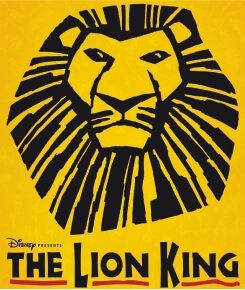
Opening Date13 November 1997
Closing DateStill Running
Performances9,302
Awards6 Tony Awards (1998)
8 Drama Desk Awards (1998)
1 Grammy Award (1999)
3
Cats
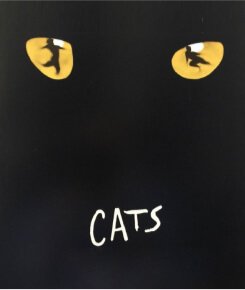
Opening Date7 October 1982
Closing Date10 September 2000
Performances7,485
Awards7 Tony Awards (1983)
3 Drama Desk Awards (1983)
1 Grammy Award (1984)
4
Wicked
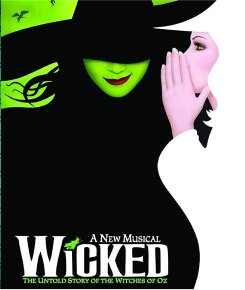
Opening Date30 October 2003
Closing DateStill Running
Performances6,836
Awards3 Tony Awards (2004)
7 Drama Desk Awards (2004)
1 Grammy Award (2005)
5
Les Misérables
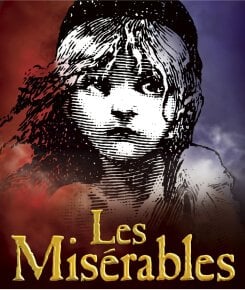
Opening Date12 March 1987
Closing Date18 May 2003
Performances6,680
Awards8 Tony Awards (1987)
5 Drama Desk Awards (1987)
2 Grammy Awards (1988 & 1991)
6
A Chorus Line
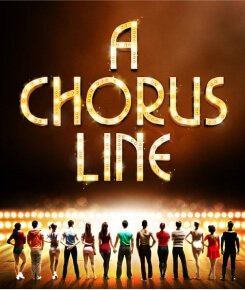
Opening Date25 July 1975
Closing Date28 April 1990
Performances6,137
Awards9 Tony Awards (1976)
5 Drama Desk Awards (1976)
1 Special Tony Award (1984)
Pulitzer Prize for Drama (1976)
7
Oh! Calcutta! (1976 revival)
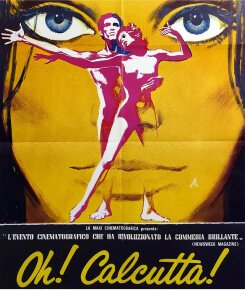
Opening Date24 September 1976
Closing Date6 August 1989
Performances5,959
AwardsNone
8
Mamma Mia!
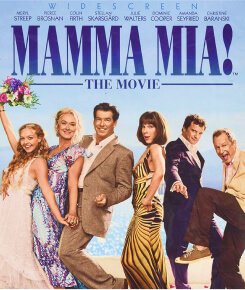
Opening Date18 October 2001
Closing Date12 September 2015
Performances5,758
AwardsNone
9
Beauty and the Beast
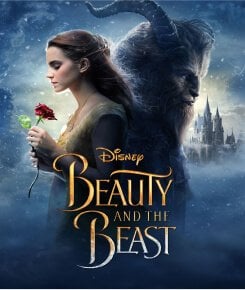
Opening Date18 April 1994
Closing Date29 July 2007
Performances5,461
Awards1 Tony Award (1994)
10
Top 10
Highest Grossing Broadway Shows
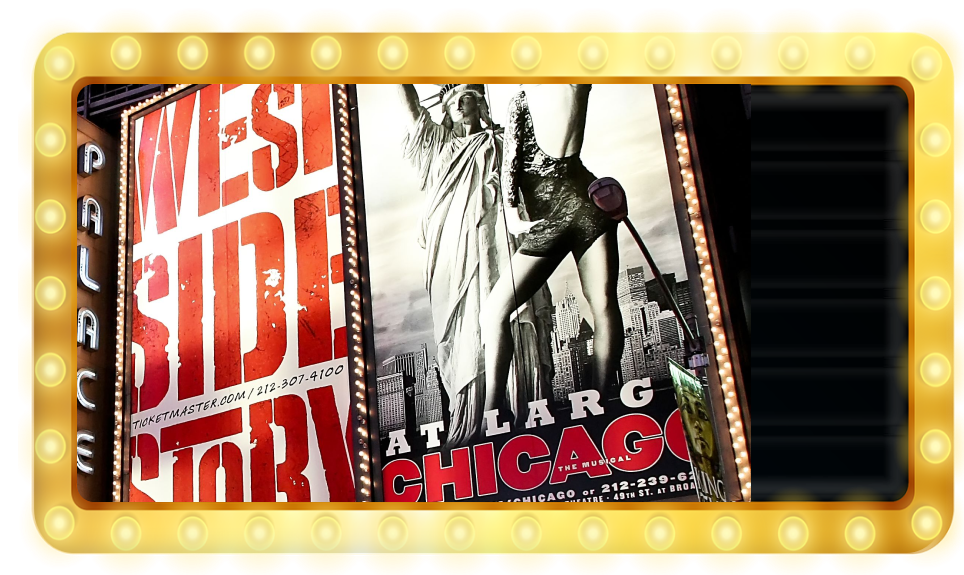
Another great indicator of the success of a show is its financial performance. The below table highlights the top 10 grossing Broadway shows in history.
The Lion King
1
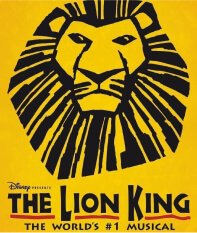
Opening Year1997
Closing YearStill Running
Box Office$1,657,407,012
Wicked
2
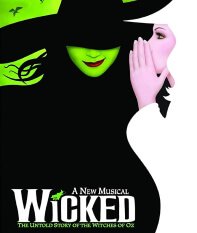
Opening Year2003
Closing YearStill Running
Box Office$1,345,482,298
The Phantom of the Opera
3
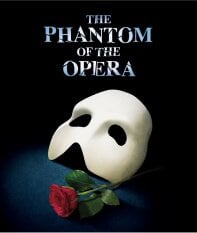
Opening Year1988
Closing YearStill Running
Box Office$1,241,017,579
Chicago (1996 Revival)
4
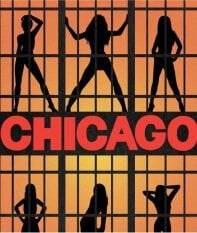
Opening Year1996
Closing YearStill Running
Box Office$656,495,931
The Book of Mormon
5
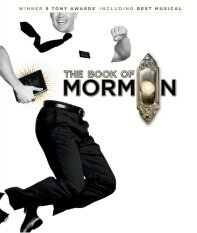
Opening Year2011
Closing YearStill Running
Box Office$644,811,371
Mamma Mia!
6
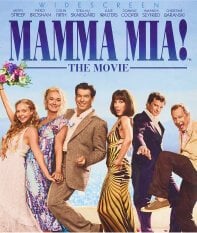
Opening Year2001
Closing Year2015
Box Office$624,391,693
Hamilton
7
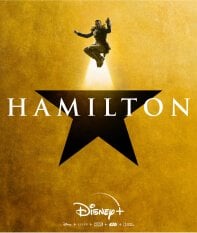
Opening Year2015
Closing YearStill Running
Box Office$612,820,842
Jersey Boys
8
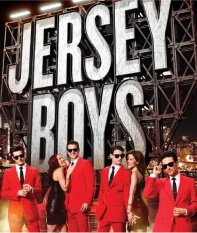
Opening Year2005
Closing Year2017
Box Office$558,416,092
Les Misérables
9
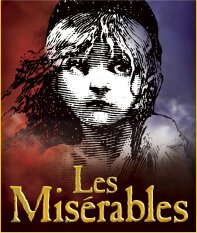
Opening Year1987
Closing Year2003
Box Office$514,794,489
Cats
10
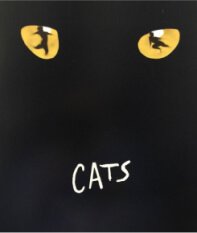
Opening Year1982
Closing Year2000
Box Office$453,624,091
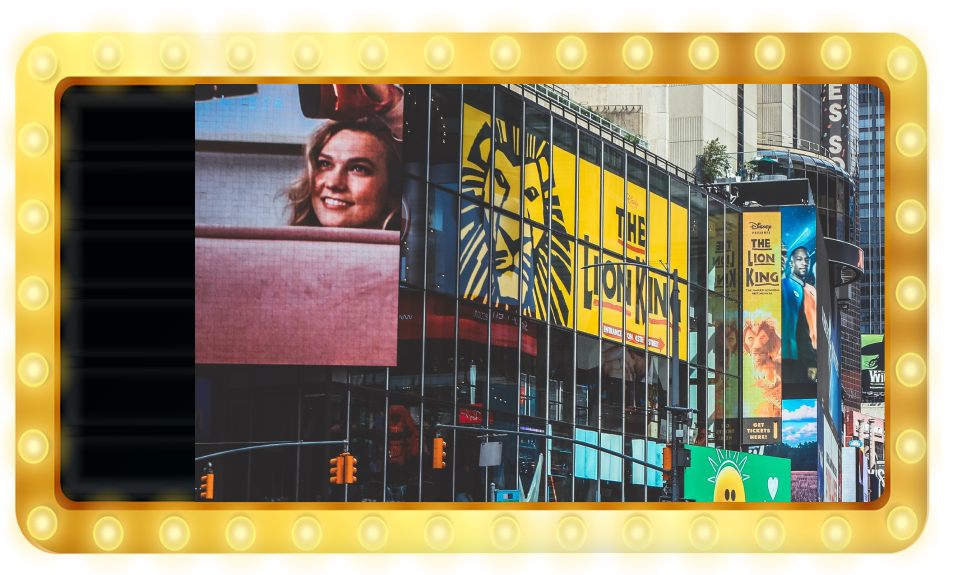
THE FUTURE of BRoadway
There is no doubt that Broadway theater’s short-term future is uncertain as the world continues to deal with the fallout of the COVID-19 pandemic. Thanks to the regulations of the Theater Subdistrict, the likelihood of theaters being lost, however, is small. Economic stimulus packages are also likely to play a role in sustaining Broadway, at least in the short-term. New York State Senator Chuck Schumer has proposed a Save Our Stages Act as a desperately needed lifeline to the theater community and Broadway, hoping to secure federal aid to ensure this timeless legacy does not get destroyed.
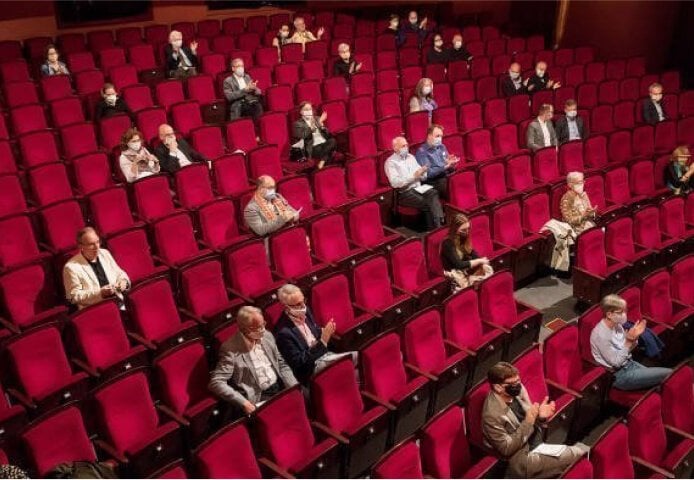
While the 2019 – 20 Broadway season was on course to see slightly lower attendances and box office takings pre-COVID-19, there was nothing to suggest the start of a longer-term decline.
As such, significant numbers of people will likely be looking to attend a theater show or musical at the earliest opportunity when venues re-open, and it is safe to do so.
Given the current developments around the Black Lives Matter campaign and other aspects of culture and society getting attention, we’ll likely see plays and musicals on Broadway that address these topics in years to come, too.
SOURCES
- https://www.theaterseatstore.com/blog/history-of-broadway
- https://historythings.com/the-history-of-broadway/
- https://www.octaneseating.com/the-history-of-theater-on-broadway/
- https://www.spotlightonbroadway.com/broadway-history
- https://study.com/academy/lesson/broadway-musicals-history-shows.html
- https://www.britannica.com/art/Western-theatre/Broadway
- https://www.playbill.com/article/ask-playbillcom-broadway-or-off-broadwaypart-i-com-147549#
- https://www.playbill.com/article/how-to-tell-broadway-from-off-broadway-from-com-110450
- https://www.broadwayleague.com/press/press-releases/2018-2019-broadway-end-of-season-statistics/
- https://www.musicals101.com/bwaythhist1.htm
- https://www.ibdb.com/theatre/fays-bowery-theatre-1073
- https://www.musicals101.com/1950bway.htm
- https://www.ibdb.com/theatre/fays-bowery-theatre-1073
- https://www.musicals101.com/1950bway.htm
- https://www.musicals101.com/1960bway2.htm
- https://www.musicals101.com/1970bway5.htm
- https://www.nytimes.com/1984/04/15/realestate/city-panel-near-vote-on-save-the-theaters-proposals.html
- https://deadline.com/2020/06/broadway-shutdown-extension-through-2020-1202972668/
- https://www.ibdb.com/broadway-production/the-phantom-of-the-opera-4491
- https://www.ibdb.com/broadway-production/4804
- https://www.ibdb.com/broadway-production/the-lion-king-4761
- https://www.ibdb.com/broadway-production/cats-4186
- https://www.ibdb.com/broadway-production/wicked-13485
- https://www.ibdb.com/broadway-production/les-misrables-4443
- https://www.ibdb.com/broadway-production/a-chorus-line-3752
- https://www.ibdb.com/broadway-production/a-chorus-line-3752
